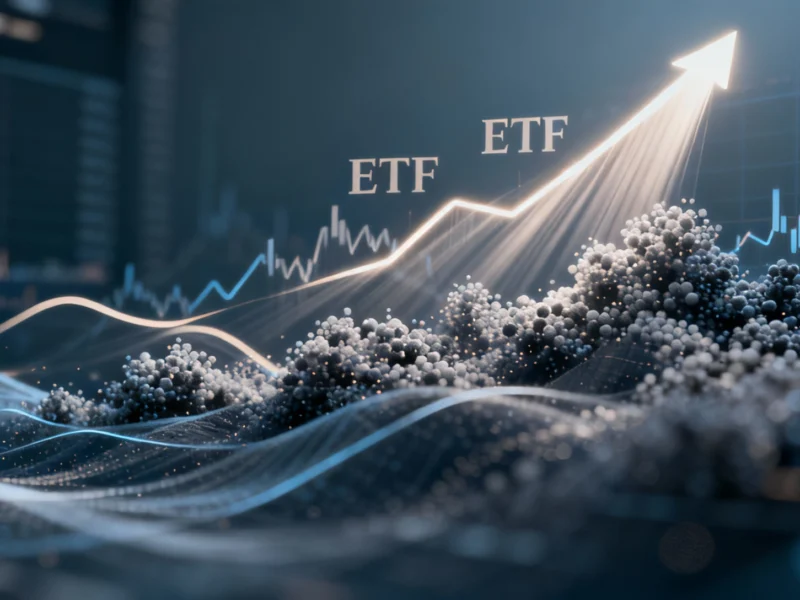Global Markets React to US Banking Sector Vulnerabilities
Financial markets worldwide experienced significant turbulence as growing concerns about the stability of US banking institutions prompted a broad sell-off. The anxiety spread across European markets, with Germany’s DAX and France’s CAC 40 both recording substantial declines as investors reassessed their exposure to financial sector risk.
Russ Mould, investment director at AJ Bell, noted that “pockets of the US banking sector including regional banks have given the market cause for concern.” He observed that “investors have started to question why there have been a plethora of issues in a short space of time and whether this points to poor risk management and loose lending standards.”
Specific Banking Sector Developments Fuel Uncertainty
The market nerves were triggered by specific developments within the US banking sector. Zions Bank announced it would write off a $50 million loss on two loans, while Western Alliance disclosed it had initiated a lawsuit alleging fraud. These incidents followed the recent failures of two high-profile US firms – car loan company Tricolor and car parts maker First Brands – raising questions about lending standards and risk management practices.
According to recent market analysis, the cumulative effect of these developments has created significant headwinds for financial markets. Further detailed reporting indicates that investor confidence has been particularly shaken by the concentration of issues appearing within a short timeframe.
Broader Market Implications and Sector Concerns
The banking sector troubles have raised broader questions about the quality of deals in the private credit market, where companies arrange loans from non-bank lenders. This segment of the financial system has experienced rapid growth in recent years, but current events are testing its resilience.
Meanwhile, parallel concerns about technology valuations are adding to market anxiety. Jamie Dimon, CEO of JP Morgan, has joined other prominent voices in warning that the surge in artificial intelligence investment may have produced a bubble in US stocks. These warnings about potential overvaluation come amid broader industry developments in the technology sector that merit close monitoring.
Investor Response and Safe-Haven Flows
The market turbulence triggered a classic flight to safety, with gold prices reaching a record high of $4,380 per ounce as investors sought traditional safe-haven assets. The VIX volatility index, often called the “Fear Index,” surged to its highest level since April, reflecting heightened market anxiety and expectations of continued volatility.
Mould added that “investors have been spooked,” noting that while there was no evidence of issues with UK-listed banks, “investors often have a knee-jerk reaction when problems appear anywhere in the sector.” This psychological dimension of market behavior often amplifies the impact of sector-specific troubles.
Broader Economic Context and Future Outlook
The current banking sector concerns emerge against a complex economic backdrop. While some segments of the financial system demonstrate strength, as highlighted in recent technology and market coverage, the specific vulnerabilities appearing in regional banking and private credit markets warrant careful monitoring.
Global interconnectedness means that troubles in one segment can quickly spread, as evidenced by the international market reaction. The situation underscores the importance of robust risk management practices and transparent disclosure standards across the financial sector. Current related innovations in financial technology and security may play a crucial role in addressing some of these systemic concerns.
The market response also highlights how regional financial stresses can have global implications, with investors closely watching how regulatory authorities and financial institutions respond to these challenges. Meanwhile, other significant market trends in energy security and global infrastructure development continue to shape the broader investment landscape.
As the situation evolves, market participants will be watching for signs of either contagion or containment within the financial sector, with particular attention to lending standards, regulatory responses, and the potential for further unexpected disclosures from banking institutions.
This article aggregates information from publicly available sources. All trademarks and copyrights belong to their respective owners.



